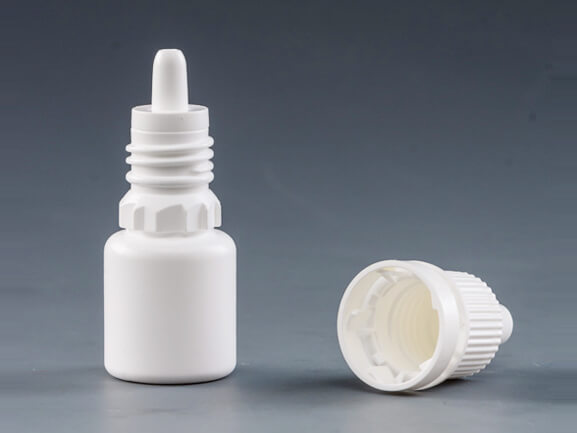The eye is one of the important sensory organs of the human body. With the changes in technology and lifestyle, the incidence of various eye diseases is gradually increasing. Relevant data shows that the number of myopia in Chinese adolescents is estimated to be about 100 million, the number of adult myopia is 450 million, and the number of macular fundus diseases is about 64 million. The incidence of various eye diseases such as cataract, glaucoma, and dry eye is increasing year by year. The sharp increase in demand for treatment has led to rapid growth in the ophthalmology market.
According to statistics from the China Commercial Industry Research Institute, the scale of China's ophthalmology market has grown from 46.77 billion yuan in 2013 to 97.97 billion yuan in 2018, with a compound annual growth rate of 17%. With the upgrading of high-tech, consumption upgrades, increased ocular morbidity and increased patient self-diagnosis awareness, it is estimated that the size of the Chinese ophthalmology market has exceeded 100 billion yuan, and the compound annual growth rate of the market size in the next five years is expected to remain at 13%- Around 15%. The most common medicine to treat eye diseases is eye drops, and the large-scale growth of the ophthalmology market will inevitably stimulate the development of the packaging industry chain for eye medicines such as eye drop bottles.
The pharmaceutical packaging of medicines is an important means of competition for medicines, especially OTC products, especially for eye drop bottles. The overall appearance and practicality of the eye drop bottle will affect the sales of the drug. The scale of the ophthalmology market of hundreds of billions is both an opportunity and a challenge. How to seize the industry opportunities and occupy a place in the fierce market competition is worthy of consideration by many pharmaceutical companies.

没有评论:
发表评论